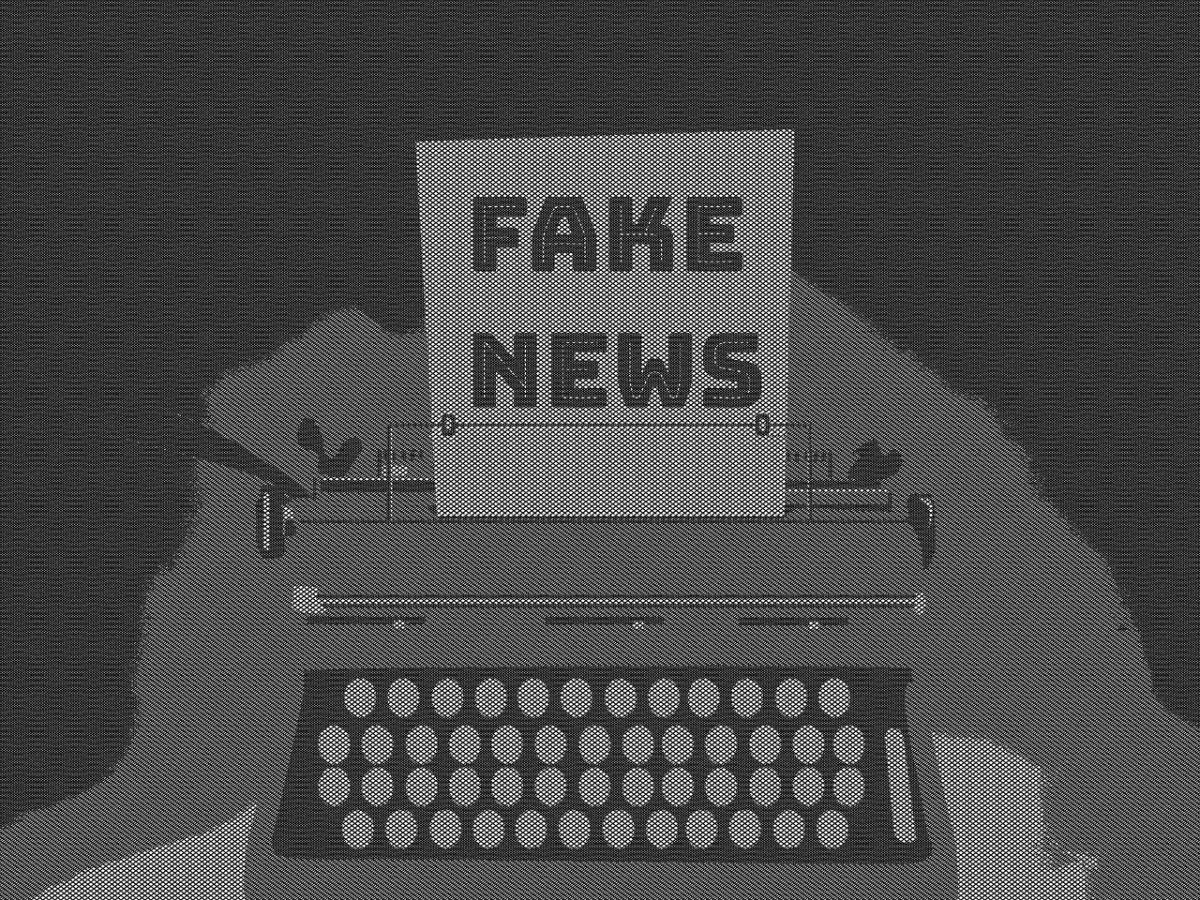 Media has an important role in spreading the fake news even though false information is not so present in traditional media. Since the presidential elections from the United States in 2016, the “fake news” subject has captured the headlines in the media around the world. News about false information were an important subject debated in the traditional press.
Media has an important role in spreading the fake news even though false information is not so present in traditional media. Since the presidential elections from the United States in 2016, the “fake news” subject has captured the headlines in the media around the world. News about false information were an important subject debated in the traditional press.
According to Silverman (2016), the research shows that in the weeks before the American elections from 2016, the most popular fake news had an increased attention from the public compared to the most read real/true news on Facebook.
But not just the public from the United States is exposed to fake news, because this phenomenon is a global problem. The data shows that a very small percentage of the public directly accesses fake news sites. Fletcher et alii (2018) published a research that followed 300 fake news websites in Italy and France. Neither one has reached at least 1% from the whole online public, and the visitors spent less time on fake news websites than on real news sites.
Social media are only partly to blame for the spread of fake news, consider Tsfati et alii (2020) and according to the study mentioned earlier, the direct access to fake news websites is limited between 1% and a maximum of 10% of the online public.
Thus, despite the limited exposure, some fake news received a wide attention and benefit from an important level of public trust (Tsfati et alii, 2020). People hear about the fake news, but they don’t know or see the original publication, so traditional media is responsible for fake news getting into the public’s attention.
In this position, the traditional mass-media plays the role of an amplifier and distributor of fake news, although the intention is different: to draw the public’s attention to the dangers of fake news and correct fabricated information.
In this idea, an analysis of links made by Albright (2016) to and from 117 fake news sites shows that, in some cases, real news publications that promote fake news link them to the original site which disseminates false information, and by that brings them a significant increase in popularity.
Types of fake news
One of the attributes of fake news is the resemblance to real, well-documented news. When talking about fake news the information provided is false and, in many cases, the author intentionally wants to deceive the public, but one can still find several types of “fake news”, each with its own features.
Claire Wardle (2017) identified seven types of fake news that are used to misinform or mislead the public. The seven types of “fake news” were also put on a scale, which vaguely measures the intention of the authors to deceive:
Conclusions
Mainstream media feels compelled to cover fake news because sometimes the stories have a big news value and as media is considered the guardian of the truth, there is a sense of duty in exposing false information. Also, fake news stories fit important criteria of newsworthiness, even if they are designed to journalistic or partisan purposes.
Finally, as we just saw, there are several types of fake news that in a way or another appear in the public space. Some media institutions and outlets are in a continuous battle against the spreading of fake news, but sometimes this is not enough. In order to minimize the effects of fake news, the public needs to have basic elements of media literacy in order to avoid and identify fake news. People should know more about reliable and unreliable sources, about verifying information and not trusting everything they see, hear or read in media and on the internet.
This article was written by Marian Popovici (University of Bucharest).
Photo: Pixabay